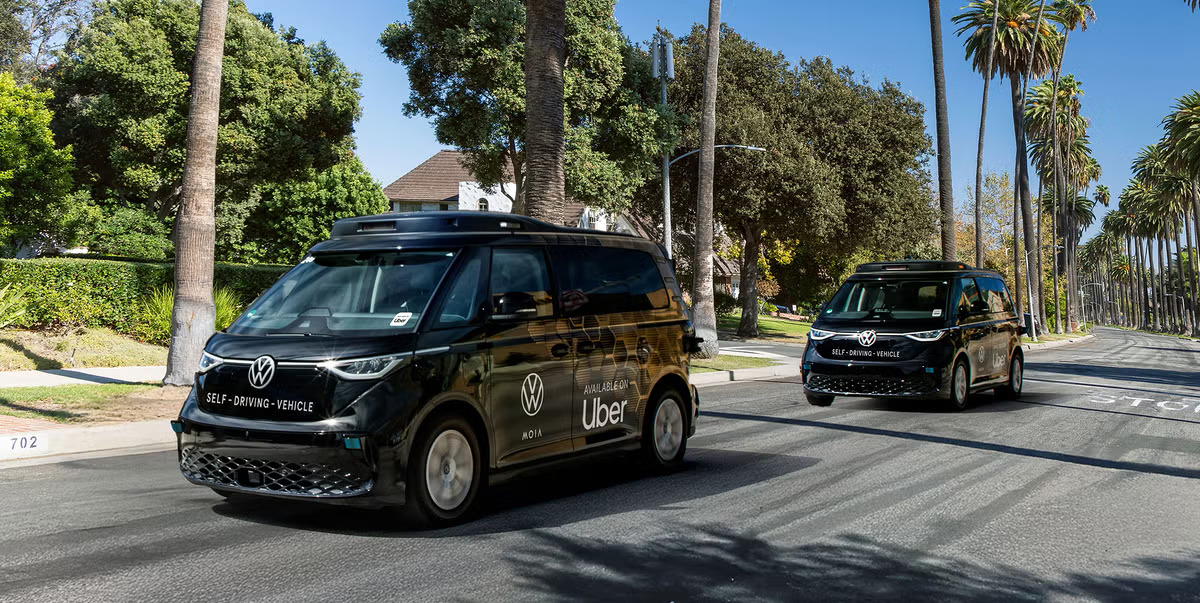Volkswagen and Uber have announced a collaboration to deploy a fleet of all-electric, fully autonomous robotaxis. The two companies plan to launch this fleet in multiple US markets over the next decade, starting with Los Angeles in 2026. Testing of these robotaxis will begin later this year, with an emphasis on developing the necessary technology and regulatory approvals. The initial phase of deployment will involve human operators aboard the vehicles to assist with safety and technology refinement.
Volkswagen and Uber Partner to Deploy Robotaxis with MOIA’s Autonomous Technology Integration
The fleet of robotaxis will be equipped with sensors and software from MOIA, a subsidiary of Volkswagen specializing in autonomous mobility solutions. This collaboration highlights Volkswagen’s commitment to advancing its self-driving platform, while Uber works to expand its autonomous vehicle capabilities. However, before the deployment can begin, the companies must secure the required permits and regulatory clearances from California authorities to ensure the vehicles meet safety standards.

The partnership is significant for both Uber and Volkswagen. For Uber, it represents a key advancement in its autonomous vehicle ambitions, helping the company move closer to realizing a future of self-driving taxis. For Volkswagen, the initiative marks a major step in commercializing its autonomous driving technology.
This collaboration comes at a time when other companies, such as Waymo (Google’s driverless division), are expanding their presence with self-driving taxis in various cities worldwide, signaling growing competition in the market.
Robotaxis Gaining Momentum with Technological Advancements and Tesla’s Competitive Developments
The concept of robotaxis, long regarded as a distant dream, is now showing signs of a comeback. According to Michael Ramsey, an analyst at Gartner, while the technology’s widespread adoption was predicted to happen by 2020, it was delayed. However, advancements in technology and reductions in cost have brought the concept closer to reality. Ramsey anticipates that true commercialization of robotaxi services will begin in the next year or two, with companies like Uber and Volkswagen leading the charge.
Tesla is also a key player in the race to develop autonomous taxis, with its own plans for robotaxis and a larger vehicle designed to carry up to 20 passengers or cargo. Tesla has already completed several self-driving trips, and its ride-hailing service is being tested in select cities, such as Austin and the San Francisco Bay Area. However, Volkswagen and Uber’s specific market targets beyond Los Angeles remain unclear, and further announcements are expected as the project progresses.




